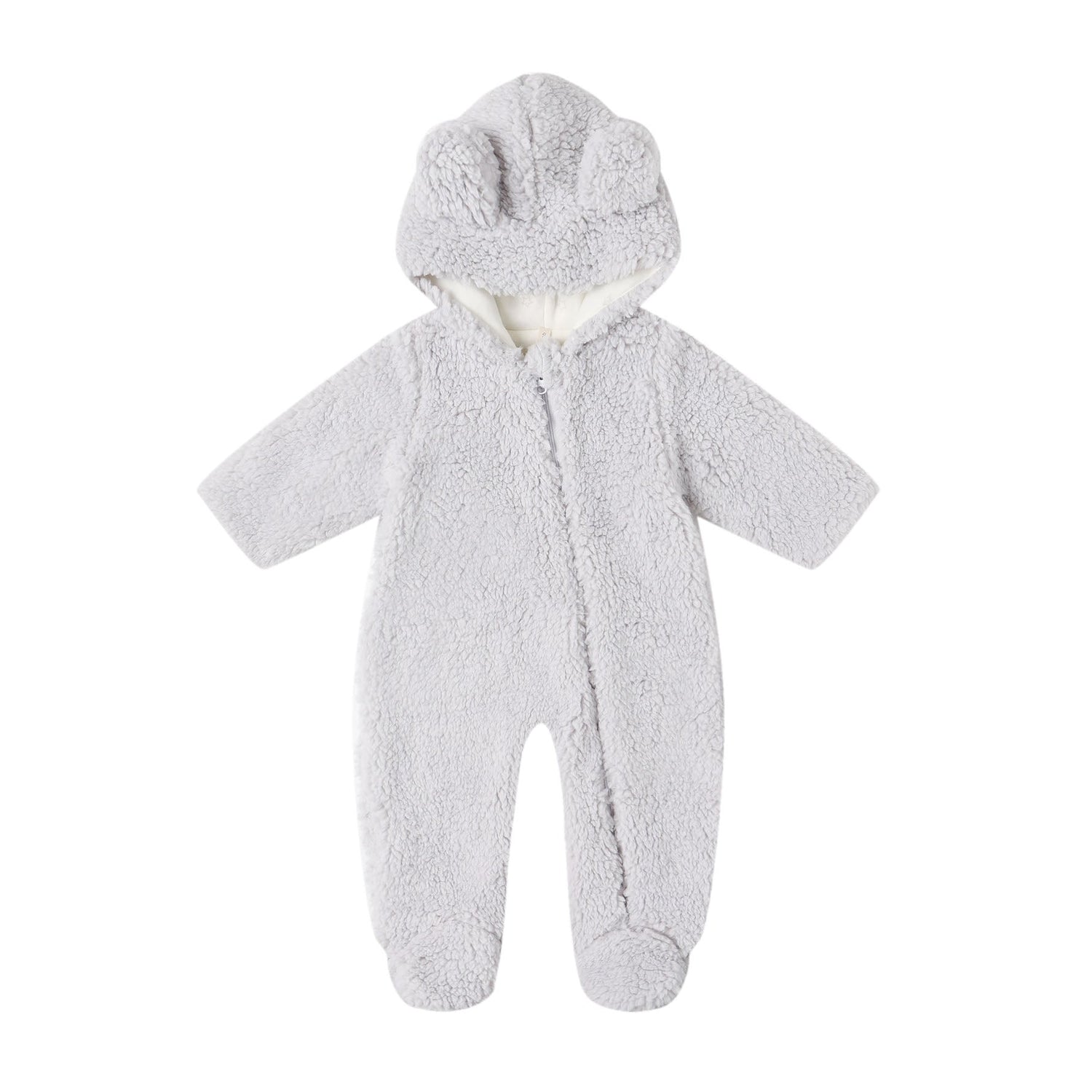If your baby is nearing 6 months (4 months if you're bottle feeding), you likely are wondering about when to introduce solid foods. The first time your baby eats food other than breast milk or formula is an exciting event, one which can be enjoyable with the right tools and timing.
Timing Recommendations: What’s Right for You
So when is the best time to introduce solids to your little one? According to the American Academy of Pediatrics, babies shouldn’t consume solid foods until they are between 4 and 6 months old. Although past recommendations emphasized waiting to start solids in order to avoid allergies to things like peanuts and gluten, a new study shows that many formula-fed infants do well when they begin these and other solids around the age of 4 months. For breastfed babies, the recommendation still remains 6 months of exclusive breast milk before introducing complementary solids. However, most recommendations are based more off of developmental readiness than a specific age.
Signs Your Baby is Ready for Solids
Below are some basic signs to look for in your baby’s behavior and development that likely point to a readiness for food:- Interest in grown-up food; wanting to participate in meals
- Ability to hold up the head and sit up in supported positions
- Loss of the “extrusion reflex,” or using tongue to push food out of the mouth
- Doubled birth weight and increased appetite
- Ability to make chewing motions
As you make this decision, be sure to consult with your baby’s pediatrician. By using your motherly instincts and a professional’s knowledge, you’ll be able to determine the best possible time to introduce solids to your baby.
Tools to Introduce Solids
Obviously drinking from a breast or even a natural baby bottle is quite different than consuming mushy food off of a spoon. Introducing complementary solids to your baby represents a big change in their routine, and you’re going to need help to make it as smooth of a transition as possible. Start with the following items:- A supportive seat or high chair like the Bumbo Floor Seat or Boon Flair Highchair.
- A drop cloth to protect the floor from spills
- Comfortable bibs like the Little Unicorn Cotton Bandana Bibs or Little Unicorn Cotton Classic Bibs.
- Feeding utensils like Boon Benders, Num Num Dips, or the Boon Squirt.
Try to use feeding utensils that promote a feeling of familiarity for your baby. For example, a squirt-delivery spoon is the perfect way to remind your baby of breast or bottle-feeding while introducing new foods. Make sure that any feeding utensil you use is soft and flexible enough to help your baby feel at ease. The size of the spoon or feeding tool should be small enough to fit comfortably inside your baby’s mouth. Boon Swap 2-in-1 feeding spoons offer the size and softness that you need when feeding your baby.






